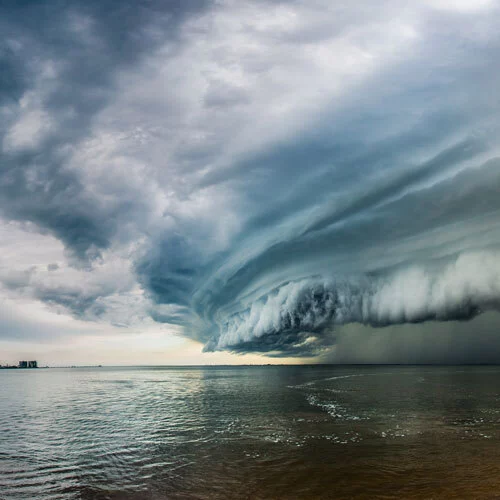
After months of unusually heavy rainfall from California’s atmospheric rivers in the beginning of 2024, many projects found themselves facing delays, additional costs and setbacks due to the wet weather. In determining who is responsible for those delays, costs or setbacks, the first thing to look for in a contract are provisions on Force Majeure. Some parties may be surprised by what their contract says on Force Majeure and what risk they assumed for bad weather.
In Nossaman’s California Water Views – 2024 Outlook, we take a look at some different ways to define Force Majeure and consider how those provisions might apply for wet weather events. With climate change increasing the severity of weather events each year, knowing what risks you’re assuming is more important than ever.
- Partner
A nationally recognized leader in the field of public-private partnerships (P3s), Corey Boock offers clients more than 30 years’ experience in structuring, procuring, financing and negotiating cutting-edge deals in the ...
- Partner
Kyle Hamilton represents clients in a wide variety of infrastructure transactions. His practice encompasses project financing, project and corporate acquisitions, and formation of partnerships and joint ventures. He has ...
Nossaman’s 30-plus infrastructure attorneys offer clients, colleagues, strategic partners and industry media a wealth of practical experience, insider insight and thoughtful analysis here on Infra Insight. We blog about what we know best, from industry-leading procurements to local and national policy developments that affect the market and our clients.
Stay Connected
 RSS Feed
RSS Feed
Categories
- Airports
- Alternative Project Delivery
- Bridges
- California Environmental Quality Act
- Cybersecurity
- Design-Build
- Financing
- High-Speed Rail
- Job Opening
- Legislation
- News
- P3s
- Policy
- Ports
- Rail and Transit
- Social Infrastructure
- Tollroads/ Turnpikes/ Managed Lanes
- Transportation Infrastructure
- Tunnels
- Water


